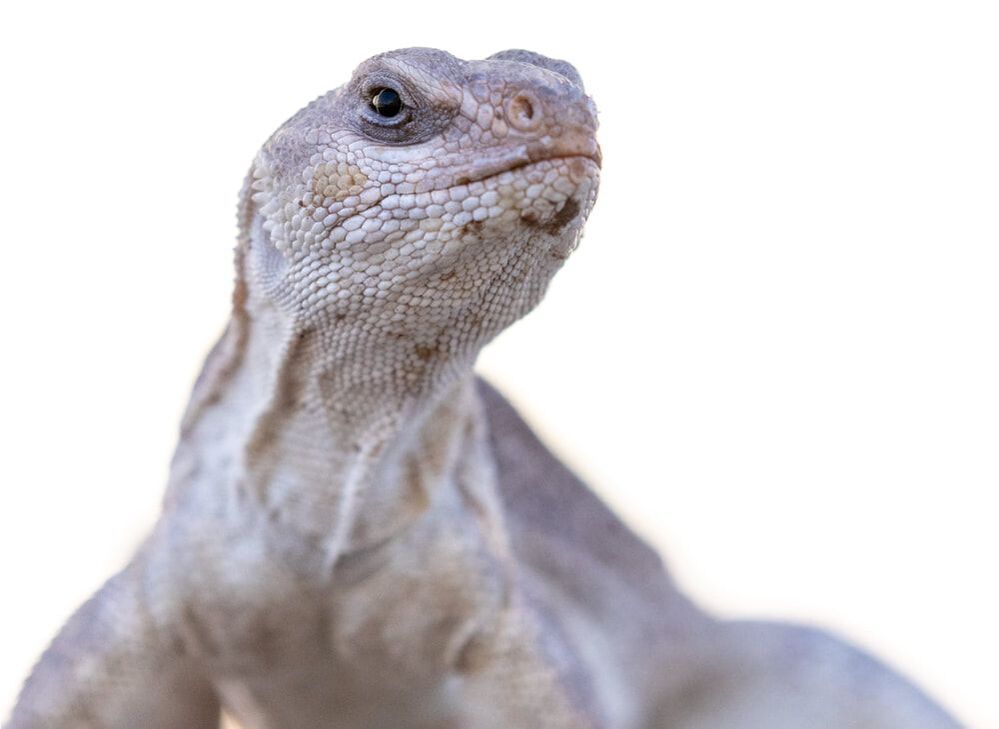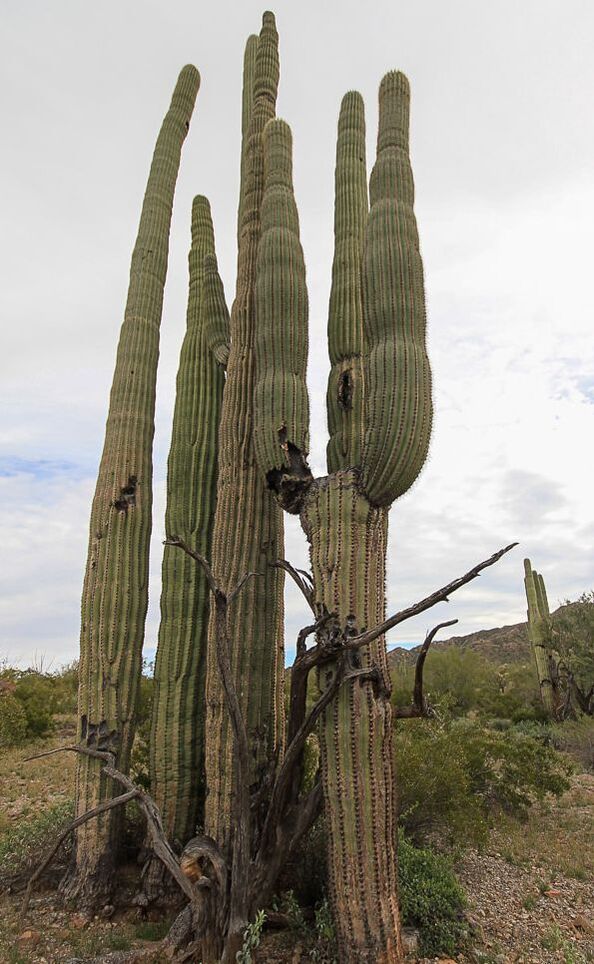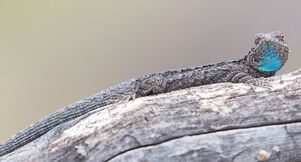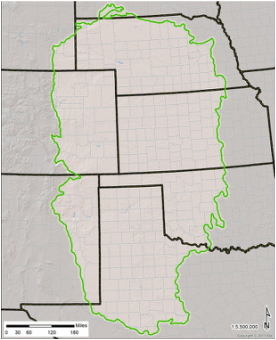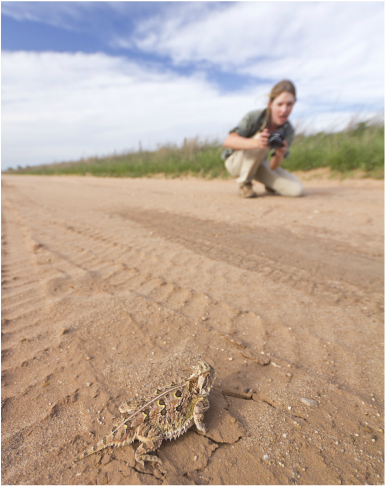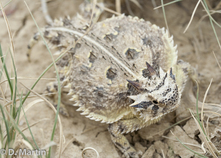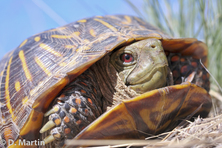Sonoran Desert Reptile Monitoring Project |
|
The Great Plains Reptile Monitoring Project is testing a standardized, probability-based survey that would enable monitoring of terrestrial reptile populations in native habitats.
The project initiated in 2013 to compare standardized visual encounter surveys for landscape-scale monitoring of terrestrial reptile populations. We have completed analyzing data collected between 2013-2016, and expect to complete manuscripts for peer-reviewed publications in 2023-2025. |
The Sonoran Desert Reptile Monitoring Project is evaluating a similar protocol to the original Great Plains project, but in southern Arizona. This is a proof-of-concept to demonstrate the utility of this approach for monitoring terrestrial reptiles across an arid desert system. More information is available upon request.
|
|
While I am evaluating a slightly revised protocol in the Sonoran Desert of southern Arizona, I am very interested in collaborating to replicate similar methods for monitoring reptiles in other arid / semi-arid environments around the world!
**Please contact Danny Martin if you are a wildlife professional or academic advisor interested in discussing options! |
Update 24 Aug. 2023:
Danny's dissertation seminar took place on 3 Dec. 2018. The recording has issues that cannot be resolved. I will re-record the presentation and upload here at some point in the future!
Danny spent 2019-2022 working in the Sonoran Desert of southern Arizona and is now working in the Midwest and is based in Nebraska starting 2023.
Danny's dissertation seminar took place on 3 Dec. 2018. The recording has issues that cannot be resolved. I will re-record the presentation and upload here at some point in the future!
Danny spent 2019-2022 working in the Sonoran Desert of southern Arizona and is now working in the Midwest and is based in Nebraska starting 2023.
Reptile MonitoringThe Great Plains Reptile Monitoring Project collects data that will inform conservation of native reptiles into the future. We use robust sampling methods that are field-tested and scientifically defensible.
|
Photo IdentificationThis project investigates the viability of photographs of reptiles as a less-invasive technique to identify individuals for future population monitoring efforts.
Select an image below to learn more about how you can help us learn more about horned lizard and box turtle populations using georeferenced photographs... |
